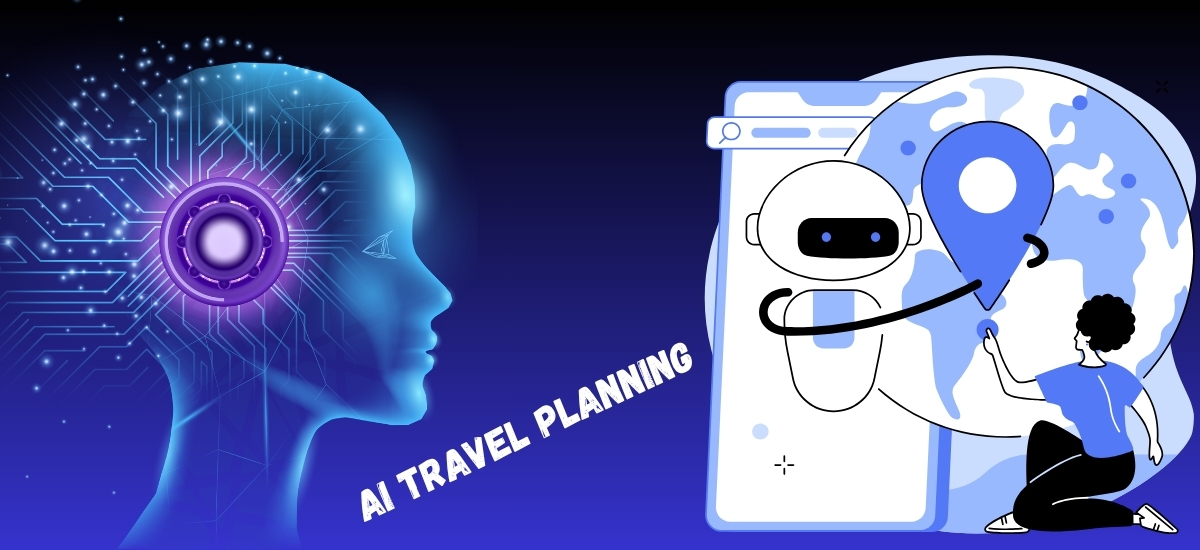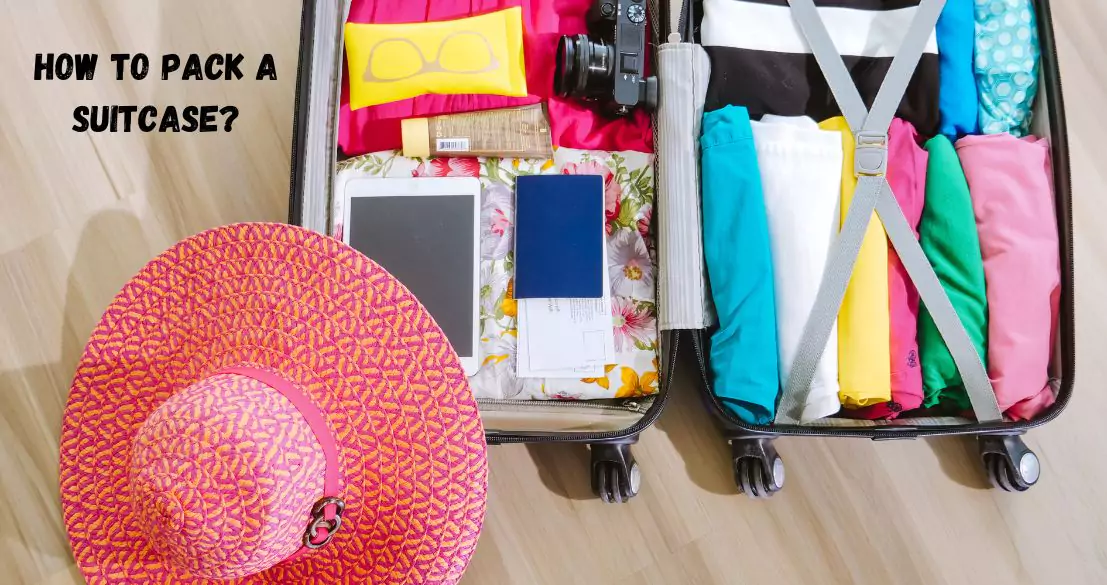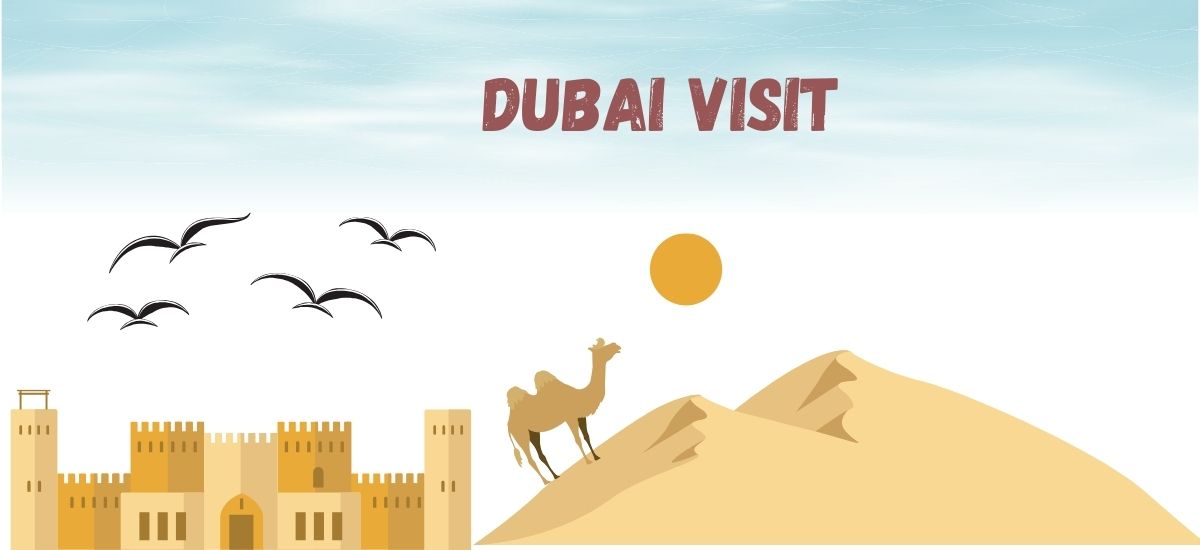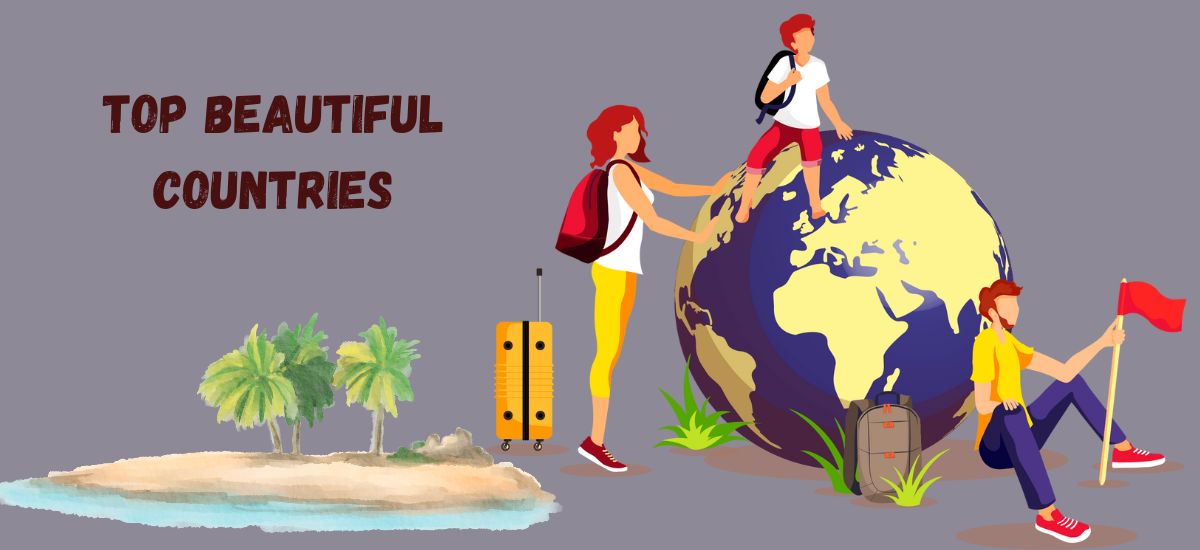
Last winter, I sat on my couch in Chicago, dreaming of a European adventure. Paris’s twinkling lights, Budapest’s thermal baths, and Rome’s ancient ruins danced in my head, but planning a multi-city trip felt overwhelming. Enter AI travel planning, my new best friend. With tools like ChatGPT and Skyscanner GuideGeek, I crafted a dream itinerary that was budget-friendly, seamless, and full of surprises. AI travel planning transformed my trip from a vague idea into a Reality, and I’m here to share how you can do the same, with a few funny missteps along the way.
Why AI Travel Planning Is a Game-Changer
AI travel planning is revolutionizing how we explore the world. In 2025, nearly half of travelers use smart travel tools to save time and money. These tools analyze flights, hotels, and activities faster than I can brew my morning coffee. Whether you’re a tech newbie or a seasoned globetrotter, AI travel planning makes smart travel accessible. It’s like having a personal travel agent who never sleeps.
My goal was a two-week Europe trip covering Paris, Budapest, and Rome. I wanted affordable flights, cozy hotels, and unique experiences, all without spending hours glued to my laptop. AI travel planning promised to deliver, but I was skeptical. Could a chatbot really understand my wanderlust? Spoiler: it did, with a few hilarious hiccups.
Getting Started with AI Travel Planning
I began with ChatGPT, a free tool that’s great for brainstorming. I typed, “Plan a two-week Europe trip for two, budget $3,000 each, starting in Chicago.” Within seconds, it suggested a route: Chicago to Paris, Paris to Budapest, Budapest to Rome, and Rome back to Chicago. It even estimated costs for flights, hotels, and food. AI travel planning felt like magic, but the real work was refining the details.
Next, I used Skyscanner, a budget travel tool, to verify flight prices. AI travel planning shines when you combine tools. ChatGPT provided the big picture, while Skyscanner found deals, such as a $400 round-trip flight from Chicago to Paris. I also tried Google Bard for activity ideas, which suggested a Seine River cruise in Paris and a ruin bar crawl in Budapest. These smart travel tools worked together like a dream team.
Crafting the Perfect Itinerary with AI
AI travel planning is all about iteration. My first ChatGPT itinerary had a 6 a.m. flight from Paris to Budapest. I’m not a morning person, so I asked for afternoon flights. Within seconds, it adjusted the schedule. This flexibility is why AI travel planning is so powerful. You can tweak details until the plan feels just right.
For Paris, AI suggested four days, including the Louvre, Eiffel Tower, and a day trip to Versailles. In Budapest, it is recommended to spend three days visiting the Széchenyi Baths, Buda Castle, and taking a Danube cruise. Rome has five days, including visits to the Colosseum, the Vatican, and a pasta-making class. AI travel planning balances iconic sights with local experiences, such as sipping espresso in Trastevere.
I also used AI to optimise my route. Google Bard suggested flying into Paris and out of Rome to save on multi-city flights. Skyscanner confirmed this, finding a multi-city ticket for $950 each. AI travel planning made budget travel feel effortless, though I double-checked prices on Expedia to be sure.
Finding Budget-Friendly Stays
Hotels can break a budget, but AI travel planning helped me find affordable gems. ChatGPT suggested staying in Le Marais in Paris for its walkable charm. It recommended Booking.com for deals, where I found a boutique hotel for $120 a night. In Budapest, it pointed me to District 7, near ruin bars, and I snagged an Airbnb for $80 a night. For Rome, AI suggested a family-run guesthouse near Campo de Fiori for $100 a night.
AI travel planning tools also warned me about hidden fees, like city taxes. Skyscanner’s hotel filters let me sort by price and reviews, ensuring no surprises. These budget travel tools saved me hours of scrolling and hundreds of dollars. My accommodations felt authentic, not cookie-cutter, thanks to AI’s local insights.
Discovering Unique Activities
AI travel planning isn’t just about logistics—it’s about creating memories. Google Bard suggested a macaron-making class in Paris, which became a highlight of my trip. My partner and I fumbled with piping bags, laughing as our macarons looked more “rustic” than Parisian. In Budapest, ChatGPT recommended a free walking tour of Jewish history, led by a local who shared moving stories. In Rome, AI suggested a Vespa tour at sunset, zipping past lit-up fountains.
These smart travel tools also tailored activities to my interests. I told ChatGPT I love food, and it added a goulash tasting in Budapest and a gelato crawl in Rome. AI travel planning ensured every day had a mix of culture, adventure, and flavour. I even used AI to check activity hours, avoiding closed museums on Mondays.
Navigating AI Missteps with a Smile
AI travel planning isn’t perfect, and that’s part of the charm. ChatGPT once suggested a “hidden gem” restaurant in Rome that turned out to be a vape shop. I laughed it off and asked for verified spots, and it redeemed itself with a trattoria serving life-changing carbonara. Another time, Google Bard recommended a Budapest bathhouse that was under renovation. A quick web check saved me, proving human oversight is key.
These hiccups taught me to use AI travel planning as a starting point. I cross-checked suggestions on Tripadvisor and Reddit, especially for offbeat activities. Budget travel tools like Skyscanner were more reliable for flights and hotels, but even they required occasional tweaks. AI travel planning is a partnership, not a magic wand.
Saving Money with Budget Travel Tools
AI travel planning helped me stick to my $3,000 budget. Skyscanner’s “price alerts” notified me when flights dropped, saving $100 each. ChatGPT suggested free or low-cost activities, like Paris’s free museum days and Budapest’s budget-friendly ruin bars. In Rome, I used AI to find happy hour deals, sipping Aperol spritz for $6.
I also used AI travel planning to manage daily expenses. ChatGPT estimated $50 per day for food, which was spot-on for cafes and street food. It even suggested packing light to avoid baggage fees, a budget travel tip I hadn’t considered. These smart travel tools kept my wallet happy, leaving room for spontaneous gelato stops.
Preparing for the Unexpected
AI travel planning also helped me plan for surprises. ChatGPT advised travel insurance, which I bought for $50, covering flight delays and lost bags. It also suggested downloading offline maps, a lifesaver when my phone died in Budapest. Google Bard suggested learning basic phrases, like “bonjour” and “grazie,” which earned me smiles.
AI also helped me for weather quirks, like Paris’s spring showers. I packed a compact umbrella, while others got drenched. These small tips made AI travel planning feel like having a wise friend. I felt prepared, not paranoid, for the journey.
The Trip: A Dream Come True
When I landed in Paris, AI travel planning’s magic hit me. My hotel in Le Marais was steps from falafel stands and jazz bars. The Seine cruise at dusk, suggested by Google Bard, felt like a scene from a movie. In Budapest, the Széchenyi Baths’ warm pools melted my jet lag, and the ruin bar crawl was a neon-lit adventure. Rome’s Colosseum left me speechless, and the Vespa tour was pure joy.
AI travel planning didn’t just save time and money—it crafted a trip that felt personal. Every city had moments I’ll never forget, from burnt macarons to midnight gelato. Even the mishaps, like getting lost in Trastevere, became stories to laugh about.
Tips for Your Own AI Travel Planning Adventure
Ready to plan your dream trip with AI? Here’s what I learned:
- Start Broad, Then Refine: Use ChatGPT or Google Bard for initial ideas, then tweak with specific requests (e.g., “no morning flights”).
- Combine Tools: Pair AI chatbots with budget travel tools like Skyscanner or Booking.com for the best deals.
- Verify Suggestions: Cross-check restaurants and activities on Tripadvisor or Reddit to avoid vape shop mix-ups.
- Budget Smart: Use AI to find free activities and set daily spending goals.
- Embrace Flexibility: AI travel planning lets you adjust plans easily, so don’t stress about perfection.
- Add Your Personality: Share your interests (e.g., food, history, adventure) with AI for tailored suggestions.
- Prepare for Glitches: Offline maps and basic phrases save the day when tech fails.
Why AI Travel Planning Is Here to Stay
AI travel planning is more than a trend—it’s the future of smart travel. It saves time, cuts costs, and unlocks experiences you might miss. My Europe trip cost $2,800 each, under budget, with memories worth millions. Whether you’re planning a weekend getaway or a world tour, AI travel planning makes it easier.
Back in Chicago, I’m already dreaming of my next adventure. Maybe Japan’s cherry blossoms or Peru’s Machu Picchu. With AI travel planning, the world feels closer than ever. So, grab your laptop, fire up ChatGPT, and start planning. Your dream trip is just a prompt away.
What’s your next destination? Let AI travel planning spark your journey, and don’t forget to laugh at the occasional 6 a.m. flight suggestion. Happy travels!



